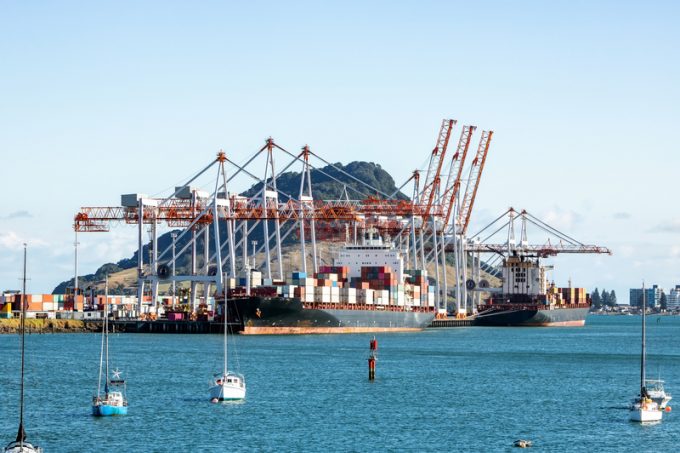TS Lines revamps services as it reports soaring 2024 earnings
TS Lines’ earnings surged in the first ten months of 2024. The Taiwanese operator, which was ...

New Zealand could soon get a much-needed capacity boost, with two new shipping lines rumoured to be entering the market, but rates are unlikely to fall from record levels anytime soon, forwarders say.
According to Chris Edwards, group MD at Auckland-based Go Air Land Sea Logistics, Taiwanese carrier TS Lines is in discussions with the main North Island ports and is advertising local jobs.
He added: “The second carrier we cannot name as yet, but it is a significant player in the ...
'Disastrous' DSV-Schenker merger would 'disrupt European haulage market'
New senior management for DSV as it readies for DB Schenker takeover
Volumes set to 'fall off a cliff' as US firms hit the brakes on sourcing and bookings
Asian exporters scramble for ships and boxes to beat 90-day tariff pause
Amazon pushes into LTL for small package fulfilment and UPS does a u-turn
Temporary tariff relief brings on early transpacific peak season
Pre-tariff rush of goods from US to China sees air rates soar, but not for long
Forwarders 'allowing the fox into the chicken run' by supporting 'hungry' carriers

Comment on this article